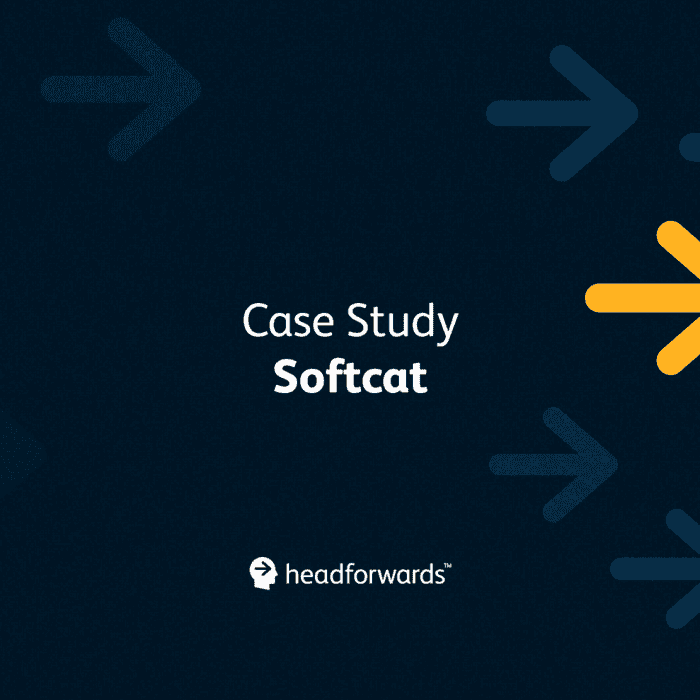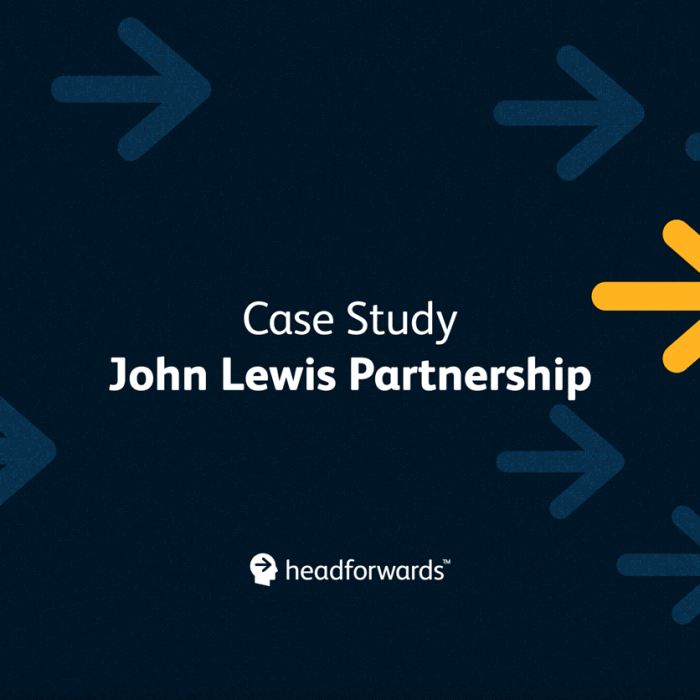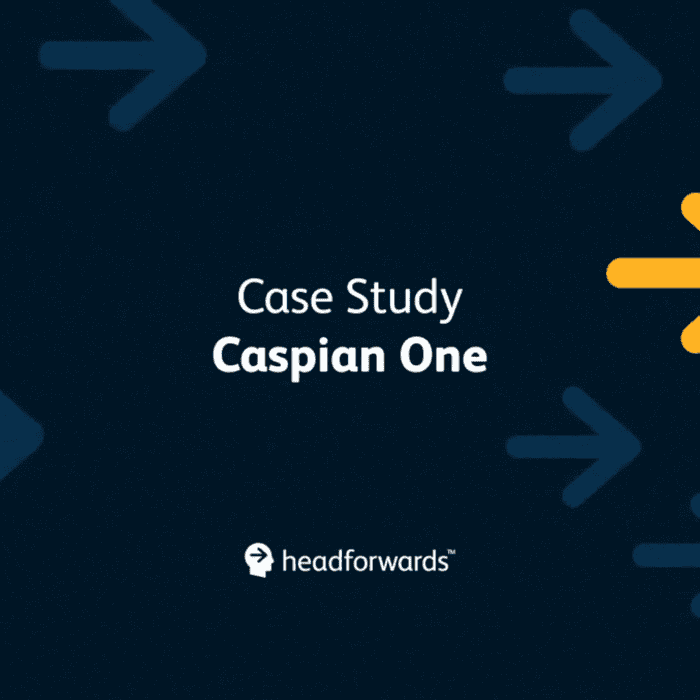Workshop process
The requirements workshop employed a Miro virtual whiteboard to map out the project elements. It started by looking at the existing system to see what functionality currently exists, what needs to be replaced or what can be improved. Next, the categories of user were established, such as parents/guardians, school bursars, and the client staff who deal with admin and who potentially handle the insurance claims; the required system activities of each user type were then mapped.
This was used to create a grid of user stories that follow the BDD (Behaviour-driven Development) method of employing non-technical language to help communication between developers and the business people, including the client, and to feed into automated testing routines.
Also considered were the non-functional requirements that do not fit the user story grid directly, such as how performant the system needs to be, how many users it needs to support, its security requirements and its auditing requirements.
The workshop now gauged the priority of each user story and non-functional requirement, to decide where it should fit in the planned project phases.


